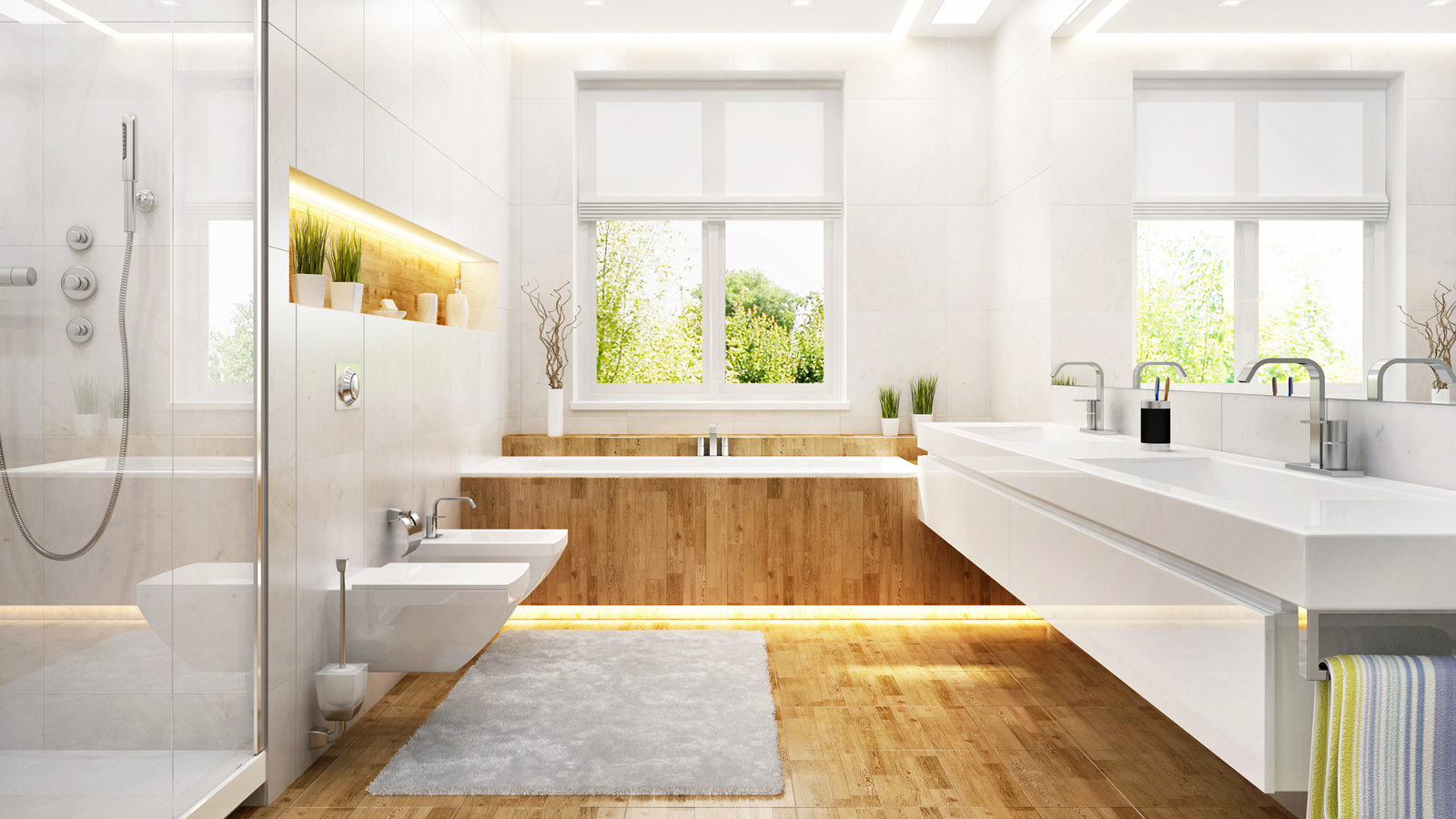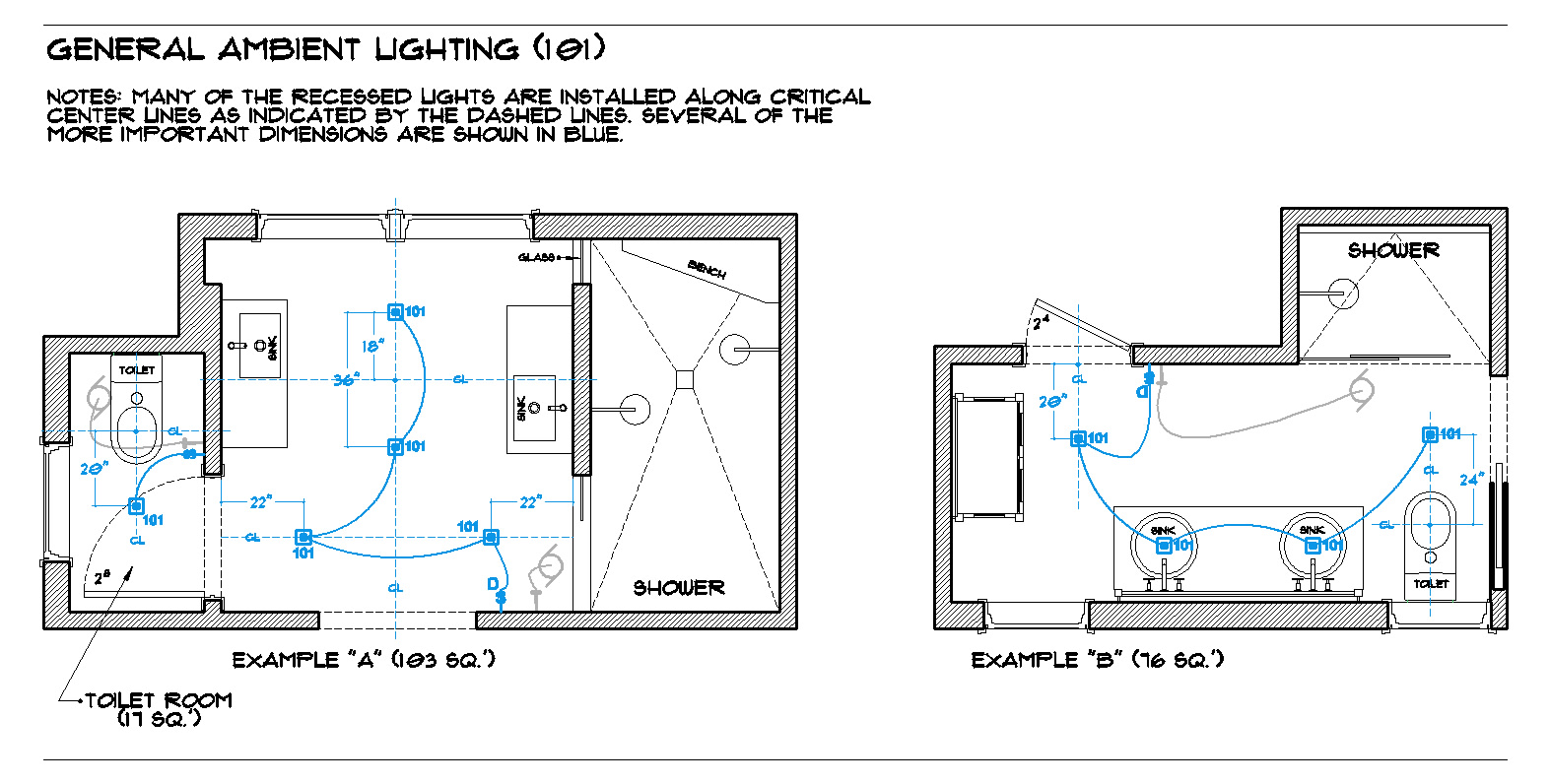Lighting Layout Strategies

Small bathroom lighting layout – Optimizing illumination in compact bathroom spaces requires careful planning and creative solutions. By integrating natural light and implementing strategic lighting arrangements, you can enhance functionality, aesthetics, and maximize space utilization.
When it comes to small bathroom lighting layout, one often overlooked aspect is ventilation. To ensure proper air circulation, consider installing a bathroom fan that runs on a timer. This not only helps eliminate odors and moisture but also prevents mold growth.
For a hassle-free solution, opt for a run on timer for bathroom fan. By setting a timer, you can ensure the fan continues to operate even after you leave the bathroom, effectively maintaining a fresh and well-lit space.
Natural Light Integration
Harnessing natural light through windows or skylights provides ample illumination while reducing energy consumption. Position fixtures near windows to reflect and amplify daylight. However, consider window treatments like blinds or curtains to control glare and privacy.
In small bathrooms, lighting layout plays a crucial role in creating an illusion of space. Consider using multiple light sources, such as a ceiling light, wall sconces, and a vanity light, to distribute light evenly. Additionally, incorporating 4 insulated duct for bathroom fan can help reduce moisture and improve air quality, contributing to a more comfortable and well-lit bathroom experience.
Artificial Lighting Arrangements
- Ambient Lighting: Provides general illumination throughout the bathroom, using ceiling-mounted fixtures or recessed lighting. Opt for warm, diffused light to create a welcoming atmosphere.
- Task Lighting: Focuses illumination on specific areas, such as the vanity or shower. Use wall-mounted sconces or under-cabinet lighting to enhance functionality and reduce shadows.
- Accent Lighting: Highlights architectural features or decorative elements. Use recessed lighting or track lights to create visual interest and enhance depth.
Creative Lighting Solutions
- Mirrors with Built-in Lighting: Reflects light and enhances illumination, particularly around the vanity area.
- Wall-Mounted Sconces with Adjustable Arms: Allows for customized lighting direction, providing both ambient and task lighting.
- Recessed Lighting with Trim Options: Choose trims that reflect or diffuse light, creating different lighting effects and optimizing illumination.
Fixture Selection and Placement: Small Bathroom Lighting Layout

Selecting appropriate light fixtures for small bathrooms is crucial, considering size, style, and functionality. Fixtures should complement the bathroom’s overall design while providing adequate illumination.
Recessed lighting is an excellent option, as it offers a clean and unobtrusive look. Wall sconces can provide task lighting near mirrors or vanities, while pendant lights can add a touch of elegance and style.
Fixture Placement, Small bathroom lighting layout
When placing fixtures, consider the following:
- Height: Fixtures should be placed high enough to avoid direct glare but low enough to provide sufficient light.
- Spacing: Fixtures should be evenly spaced to distribute light throughout the bathroom.
- Proximity: Fixtures should be placed near mirrors and other bathroom elements to ensure adequate illumination for tasks.
Color and Brightness Considerations

The color temperature of light, measured in Kelvins (K), has a significant impact on the ambiance and functionality of small bathrooms. Warm light (2700-3000K) creates a cozy and inviting atmosphere, while cool light (4000-5000K) promotes alertness and clarity. For a balanced approach, consider using a combination of both warm and cool light sources.
Brightness levels should be tailored to specific areas of the bathroom. For tasks such as shaving or applying makeup, brighter light (800-1000 lux) is recommended. For more relaxing activities like bathing or showering, softer light (500-700 lux) creates a more soothing ambiance.
Dimmers and Smart Lighting Systems
Dimmers and smart lighting systems offer the flexibility to adjust lighting according to specific needs. Dimmers allow you to control the brightness of lights manually, while smart lighting systems can be programmed to change color temperature and brightness based on time of day, activity, or personal preferences.